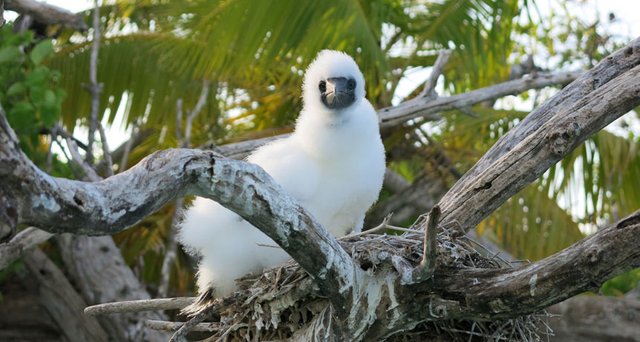Bird poop helps keep coral reefs healthy, but rats are messing that up.
At the point when intrusive rats chow down on island seabirds, coral reefs endure.

Scientists examined islands with and without the rodents in the Chagos Archipelago in the Indian Sea. On rodent free isles, there were by and large 1,243 winged creatures for every hectare contrasted and around two flying creatures for each hectare on rodent invaded islands, the group found. Also, these rodentless islands had more beneficial coral reef biological systems. The mystery: Winged animal crap, normally wealthy in nitrogen, washes into the sea and helps keep reefs gainful, the researchers report in the July 12 Nature.
"We're basically connecting three biological systems in this examination," says contemplate coauthor Scratch Graham, an environmentalist at Lancaster College in Britain. The rats influence the seabirds, which influence the reefs.
Acquainted by people with the Chagos Archipelago in the late eighteenth century, rats have since crushed local seabird populaces, including red-footed boobies and terns. The rodents will eat seabird eggs, chicks and even the brains of grown-up flying creatures, says Holly Jones, a reclamation biologist at Northern Illinois College in DeKalb who was not associated with the investigation. Rats are a noteworthy issue, Jones says, in light of the fact that seabirds are "biological community engineers." When they're gone, the earth ashore and in the water changes drastically.
Feathered creature crap, or guano, is wealthy in certain overwhelming nitrogen isotopes — distinctive types of the component with a similar measure of protons yet fluctuating quantities of neutrons — which originate from the creatures' eating regimen. Graham and his associates tried for these isotopes on 12 islands, six with rodent invasions and six that had no rats, and in adjacent coral reefs.
Contrasted and rodent swarmed islands, the group discovered substantially more of the overwhelming nitrogen in the dirt of rodent free islands, where fowl populaces still flourished, and in the green growth, wipes and fish in reefs that encompassed those islands. Fowl guano is known to drain into the ocean in water or lapping waves, yet its impacts on reefs has been misty.
The analysts currently presume the reefs around rodent free islands are more advantageous to some extent since nitrogen can go about as a compost for sea plants and green growth. More green growth develop, prompting more fish brushing on the reefs and helping get out dead corals, basic procedures for a sound reef. The fish that lived close reefs with more nitrogen likewise became bigger and quicker, the researchers appeared.
Notwithstanding these circuitous impacts on reefs, nitrogen may likewise specifically encourage the corals, says David Gillikin, a biogeochemist at Association School in Schenectady, N.Y., who was not engaged with the investigation. In the vicinity of 15 and 50 percent of nitrogen found in corals comes specifically from seabird guano, he says.